How to Equip Your Students With Essential Soft and Hard Skills Using Ed Tech
Students entering the workforce need essential hard and soft skills. Find out how instructors are using ed tech to to prepare their students…
Danielle Leboff is a Content Marketing Operations Specialist at Top Hat. While at Top Hat, Danielle works to share perspectives from higher ed's top leaders through strategic marketing efforts. Previously, she worked in the non-profit and youth education sectors.

Students entering the workforce need essential hard and soft skills. Find out how instructors are using ed tech to to prepare their students…

Set yourself up for success in teaching online courses by ensuring continuity and continuing empathy for your students

Get the tools, strategies and tactics necessary for effective and engaging blended learning experiences
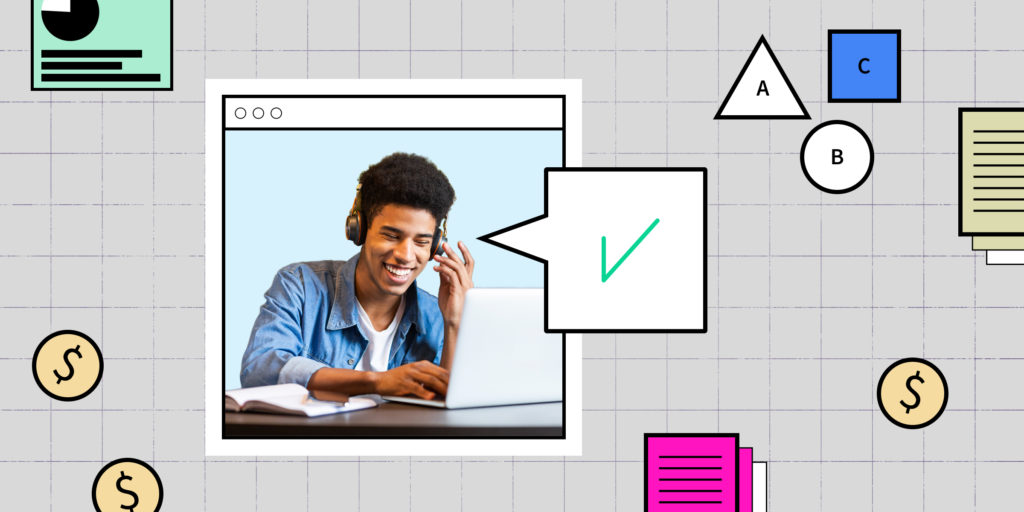
Students who are intrinsically motivated are more likely to engage in course content and maintain an active role in their own learning

Gone are the days of professors simply presenting course content in front of a classroom. The future of college is engaging, active and…

Digital textbooks allow students to learn in a way that is more flexible and empathetic to their needs—especially important in online and…
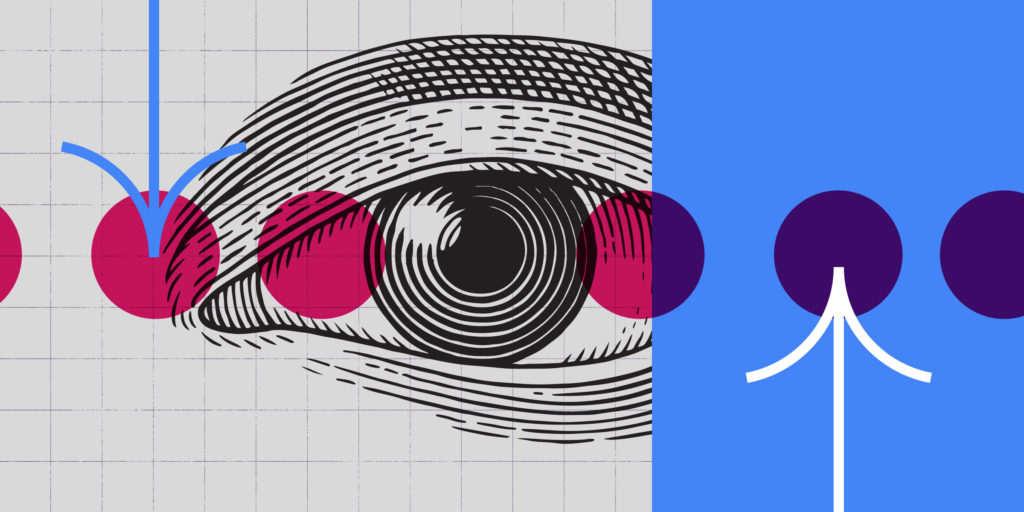
Ensure success in online and blended environments by creating assessments that test students on more than just rote memorization
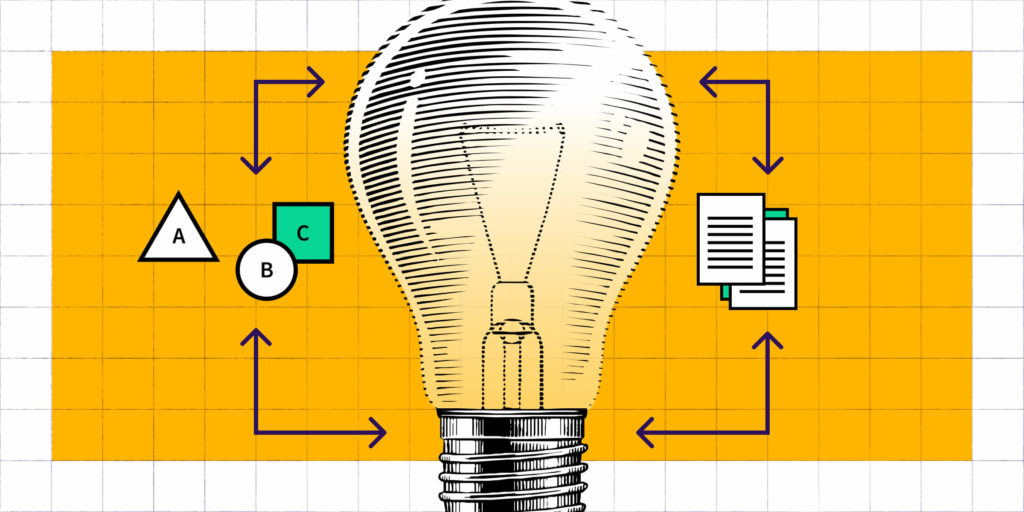
Experiential learning, or learning through doing and then reflecting, is the key to higher-order thinking and critical analysis

Stop feeling lukewarm about how your lesson went. Transform your teaching with a backward design model.

Valentine’s Day is around the corner. In their own words, here are just a few reasons why higher ed students love Top Hat.
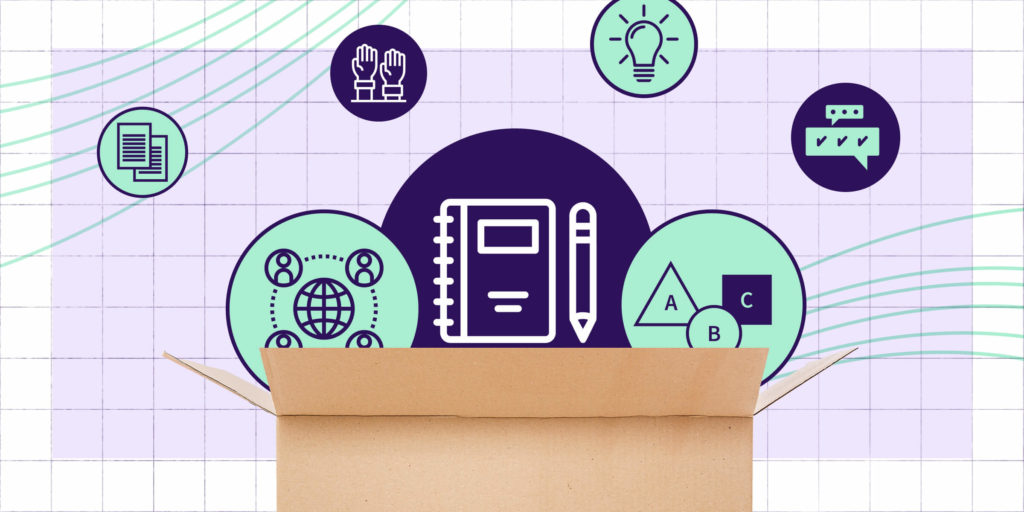
Ensure your class is equipped to handle change while providing the same engaging, inclusive learning experience for students

Building connections and community in your classroom are essential to ensuring students are engaged in learning in all modalities

Check out these tips on introductions, icebreakers and first lectures

Set the stage for a successful semester by making a great first impression on your students

Dr. Steven Forsey, the author of Top Hat’s Organic Chemistry textbook, shares why he wrote his own text and how he uses it to improve the…

Setting expectations for how and when students communicate with you will lighten your workload and create a more open and transparent…
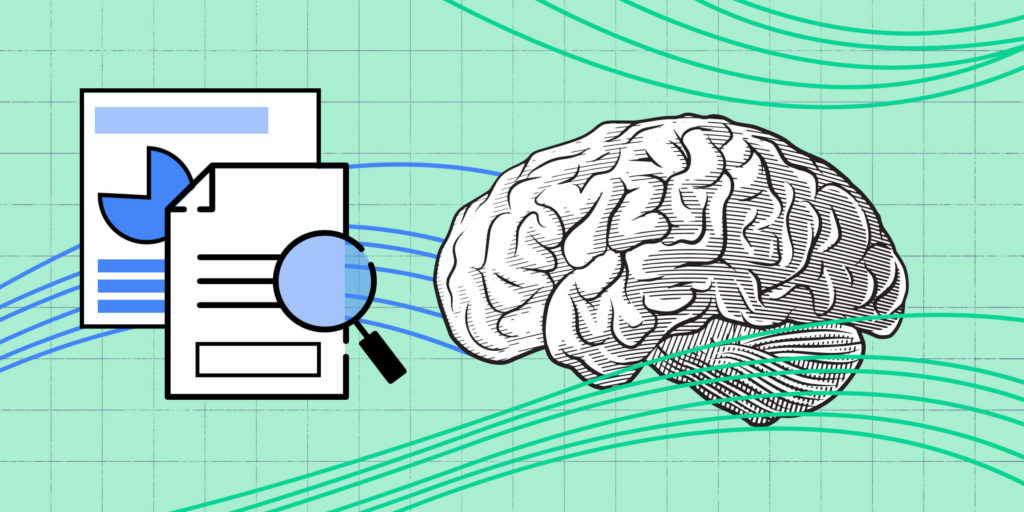
Giving students the opportunity to pause, recalibrate and reflect on course content helps them engage more deeply in their learning
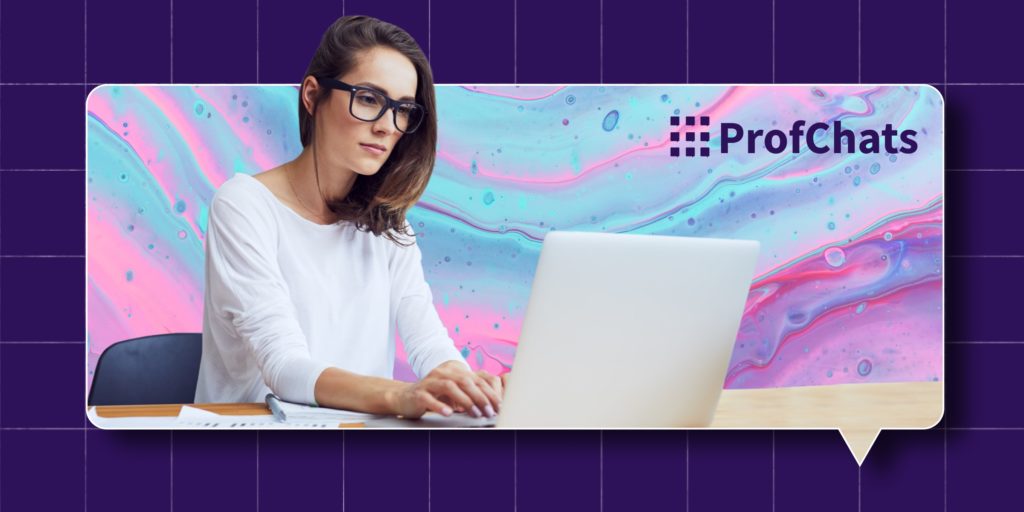
Zoom can feel distant and impersonal. Here’s how eight educators maintain their presence and build connections online.
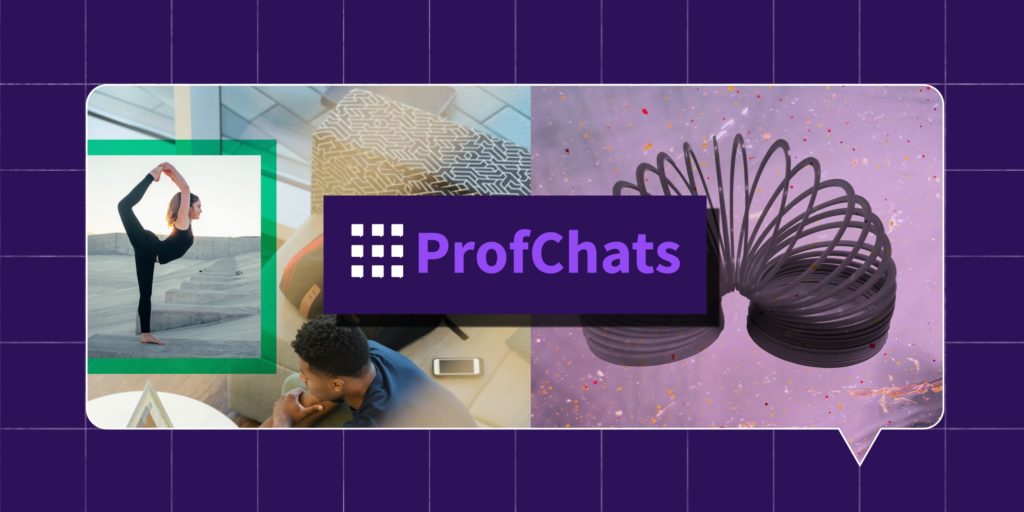
In our recent #ProfChats, educators share how they incorporate flexibility and empathy into their courses to ensure students are engaged
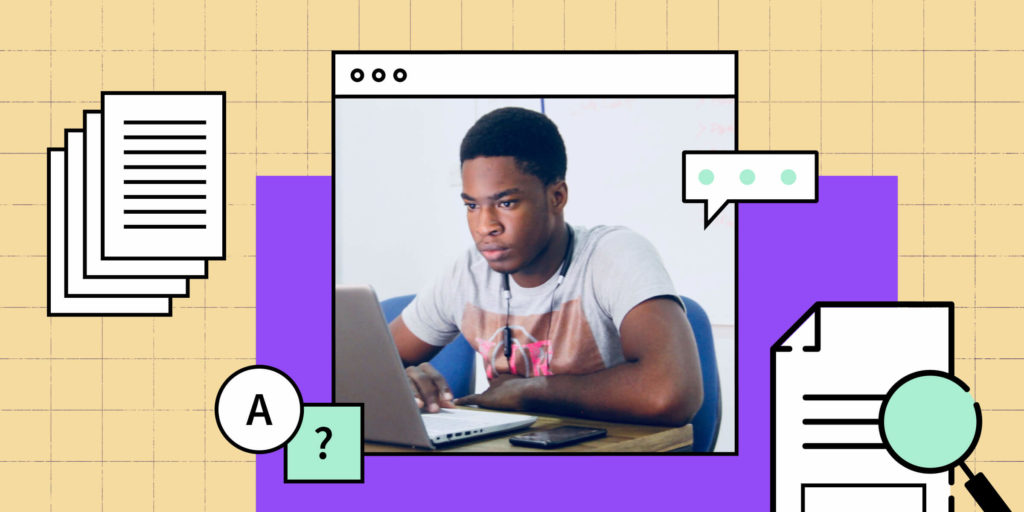
Inquiry-based learning helps deepen students' curiosity and critical thinking by extending education outside the classroom